Who has never dreamed of twirling to the notes of the Beautiful Blue Danube, the most famous waltz ever by Johann Strauss’ son and unfailing piece played by the Vienna Philharmonic in the golden hall of the Vienna Musikverein? A melody that every time makes the mind travel through baroque rooms, princely scenes and fairy tale places, of course with a wonderful long dress moved by the continuous romantic twirls. The son of the famous and eponymous Johann Strauss, composer of the equally unfailing piece with which the Viennese New Year’s Concert usually closes, namely the Radetzky March of 1848, made to celebrate the Austrian reconquest of Milan after that year’s revolutionary uprisings, Johann Strauss son also had music in his DNA and it was his mother who helped him since his father was against his son pursuing a musical career. In fact, he began taking lessons from the first violinist in his father’s orchestra. However, his tenacity was well rewarded given the great public and critical success he achieved, especially from the year of the composition of the Beautiful Blue Danube, 1866. In that year the director of the Wiener Männergesang-Verein, the Vienna Men’s Choral Association, invited him to compose for the Sommer-Liedertafel, or Summer Singing Festival, a new piece for his choir: he initially declined the proposal, but then following repeated solicitations from the Association he began to compose his first choral waltz, which is still beloved by audiences today. The first performance was held in 1867.
If one mentions Johann Strauss father and son, one cannot fail to mention the other great composers associated with Vienna: Ludwig van Beethoven, Wolfgang Amadeus Mozart, Franz Schubert, Gustav Mahler, and Franz Joseph Haydn. Because of the great wealth of composers Vienna saw in the nineteenth century, who elected it as their adopted city, and because of the magnificent places associated with music, Vienna can be considered the music capital of the world.
Walking around the Austrian capital one can still find traces of the well-known composers today. Beethoven spent thirty-five years of his existence in Vienna: born in Bonn in 1770, where he began his career as a pianist, he came to Vienna at the age of twenty-two to become a pupil of Joseph Haydn, and remained here until his death in 1827 at the age of fifty-seven. It was in Vienna that he composed his most famous works, his revolutionary Symphonies. One of the apartments in which Beethoven lived in the Austrian capital can still be visited: the Pasqualati House, located at the corner of Mölkerbastei and Schreyvogelgasse, is now part of the Wien Museum; it is named after Johann Baptist Freiherr von Pasqualati, the composer’s great patron, and it was here that Beethoven lived for almost eight years. In fact, he worked in this apartment on the Fourth, Fifth, Seventh and Eighth Symphonies, found inspiration for his only opera, the Fidelio, and wrote his famous For Elisa. The Ninth Symphony was first performed in the Theater am Kärntnertor on Albertina Square in May 1824, but today there is no trace of the theater as it was demolished in 1870. The Secession Palace houses the Beethoven Frieze, a masterpiece by Gustav Klimt created in 1902 to mark the seventy-fifth anniversary of the composer’s death: with the Frieze, Klimt depicts in painting Richard Wagner’s interpretation of Beethoven’s Ninth Symphony , or the human pursuit of happiness. The work had been completed specifically for the exhibition only to be removed at its conclusion; instead, it was purchased by the Republic of Austria and has been on view in the gold-domed building since 1986. Also on view at Probusgasse 6 is the Beethoven Museum, which chronicles all aspects of the composer in six chapters. The museum was created in the neighborhood where Beethoven wrote his Heiligenstadt Testament in 1802, a letter addressed to his siblings in which he shows his concern about his growing deafness, but which was never sent; here he also completed his Third Symphony, theEroica, and later worked on the Ninth Symphony. Continuing the walk in Beethoven’s footsteps, next worth mentioning are the Theater an der Wien, where Fidelio was first presented; the House of Music, where one has the opportunity to learn more about him and his works; and finally the Central Cemetery of Vienna, where his grave is located.
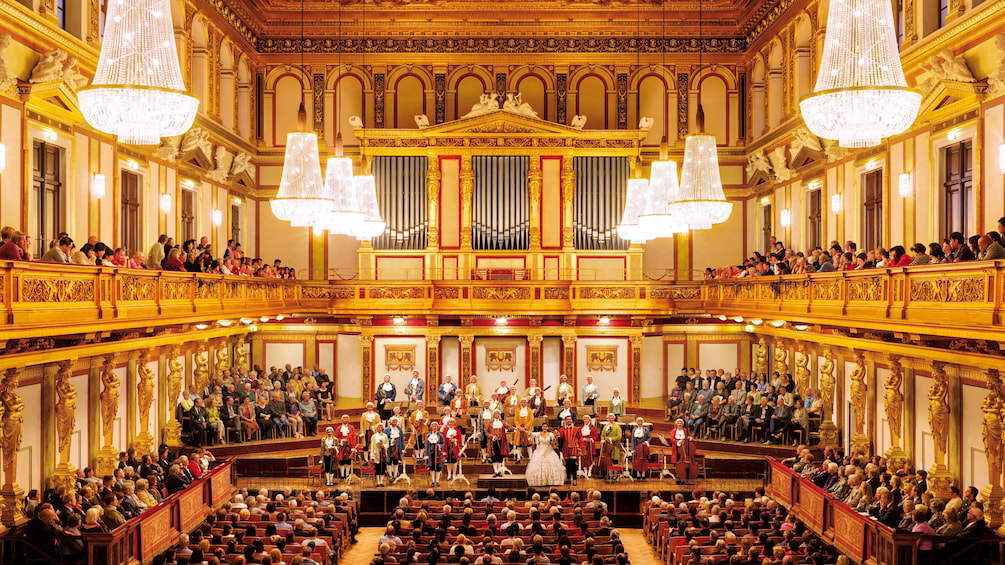

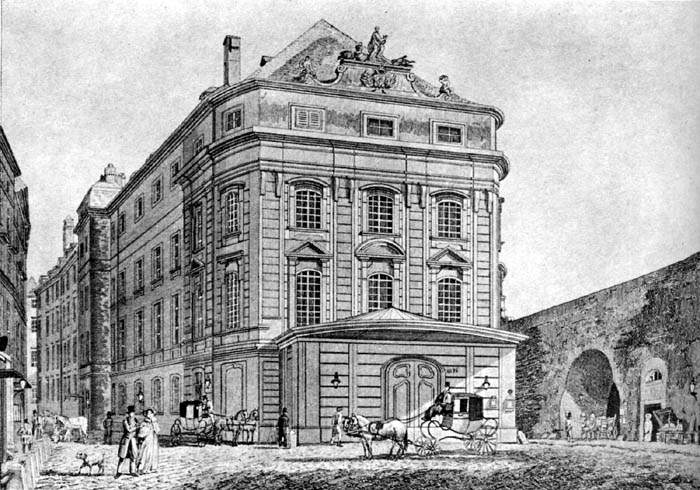

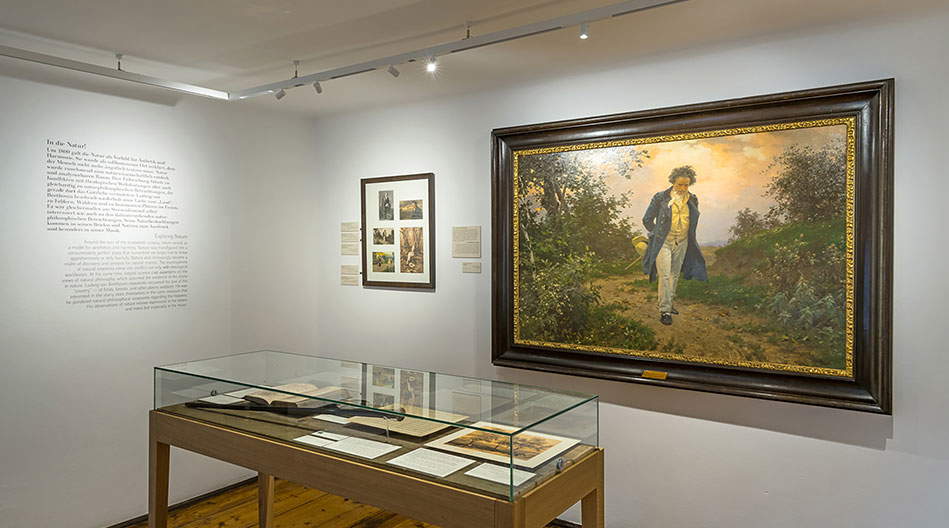
Mozart’s only home that has been preserved in its original form, however, is located at No. 5 Domgasse, now the Mozarthaus. This is where the composer lived for many years and where he wrote some of his most famous works, such as The Marriage of Figaro. In St. Stephen’s Cathedral he married his wife Constanze Weber and baptized his children, while in the Jahn’sche Konzertsaal, now a typical Viennese café, Mozart gave many concerts as a pianist. Mozart is also remembered in the Central Cemetery, where there is a large memorial plaque, and he too, like Beethoven, is linked to the Theater an der Wien, which has specialized since 2006 in Baroque opera, contemporary opera, and Mozart’s works. The Theater was founded by Emanuel Schikaneder, librettist of The Magic Flute and friend of Mozart, in 1801. The composer spent the last years of his life in Vienna, but the little enfant prodige performed his first concert when he was only six years old in front of Empress Maria Theresa in the Hall of Mirrors at Schönbrunn Palace. When he died, however, he was buried in the St. Marx Cemetery in a grave with other deceased; the first memorial in his honor was erected 68 years after his death, at the place where his grave is thought to have been.
Franz Schubert, “the most poetic musician who ever lived,” as Franz Liszt called him, because he was able to turn poems into music, as in the case of Goethe’s Der Erlkönig(The King of the Elves) and Gretchen am Spinnrade (Marguerite at the Archer), died prematurely at the age of thirty-one. In nineteenth-century Vienna, Schubertiades, or musical evenings in which a small, select group of friends listened to Schubert’s Lieder, became fashionable: the first Schubertiade was held in Vienna on January 26, 1821 in the apartment of the von Schober family. Even today Schubertiade means an intimate concert or festival: the most famous is the festival held in Vorarlberg. Traces of Schubert also exist in Vienna, starting with the house where he was born in the ninth district, now known as the Schubert Geburtshaus. He received his baptism in the church in Marketgasse, which was later named the Schubertkirche: here he sang in the choir, played the organ, and composed several works especially for the church. At the age of eleven he entered the Kaiserlichkönigliches Stadtkonvikt to become a court chorister; the building is located on Doktor-Ignaz-Seipel-Platz. He probably died of typhus in his brother Ferdinand’s apartment in the house Auf der neue Wieden No. 694: today it houses a small museum where a lock of his hair, a piano from his brother’s time and various reproductions of original sheet music, such as that of his last song, the Taubenpost, are preserved. He found burial alongside Beethoven in the Währinger Ortsfriedhof, now a public park. In 1888 his remains were moved to an honorable grave in the Central Cemetery. A statue of him can also be seen in the Stadtpark: he is depicted here seated and pensive, waiting for the right inspiration. Finally, the Wienbibliothek houses the Schubert collection, the largest of its kind in the world: this includes some 340 autographs, first editions of almost all compositions, many later editions and personal papers, as well as a wide range of international literature on Schubert.

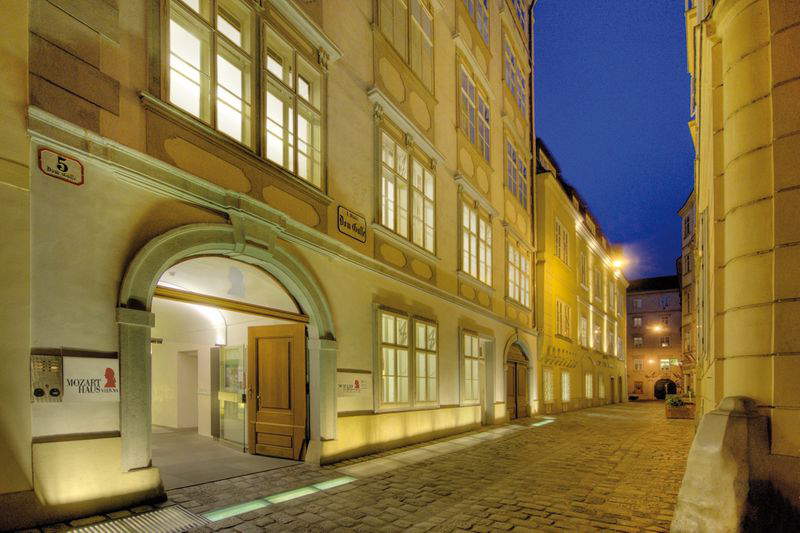
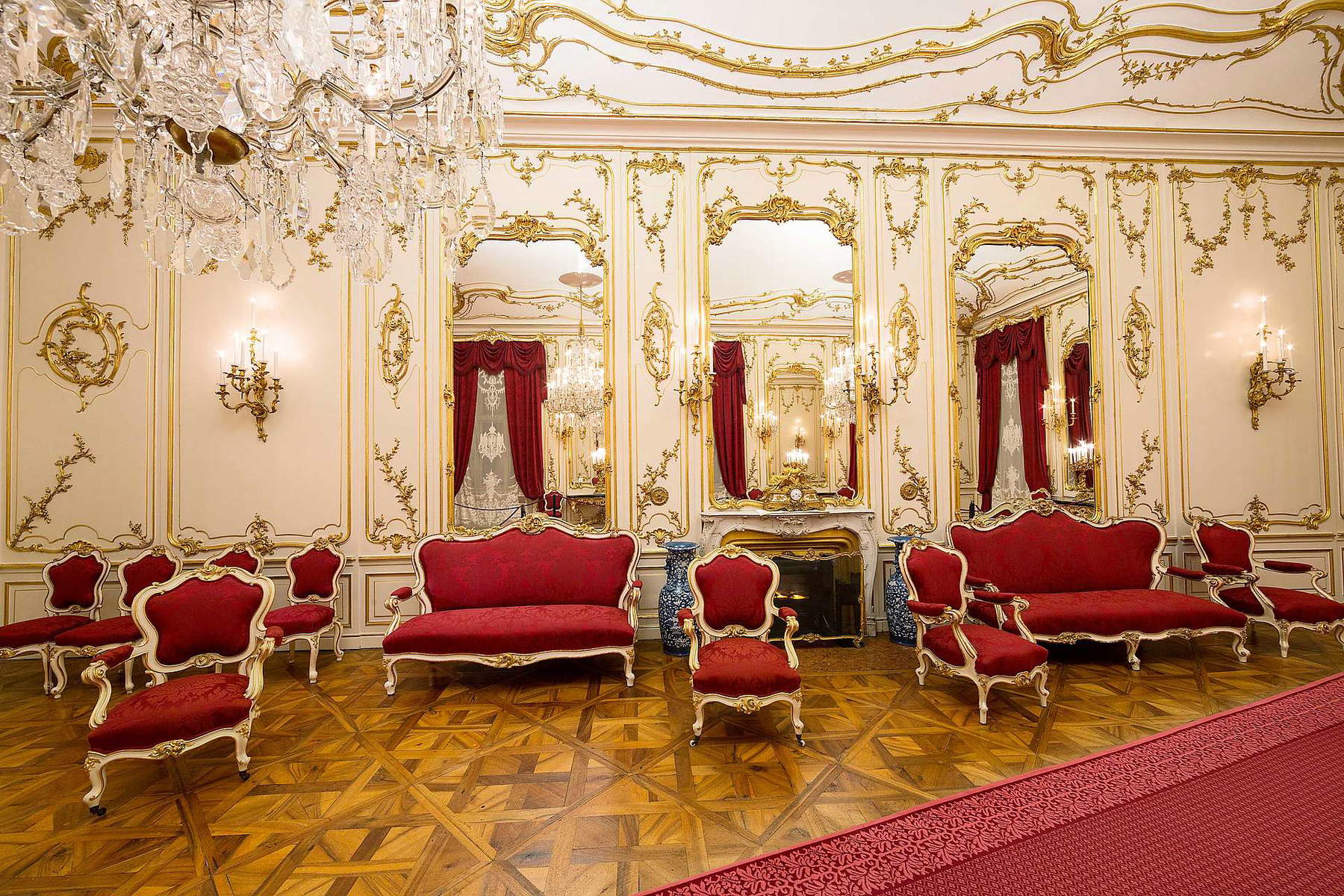

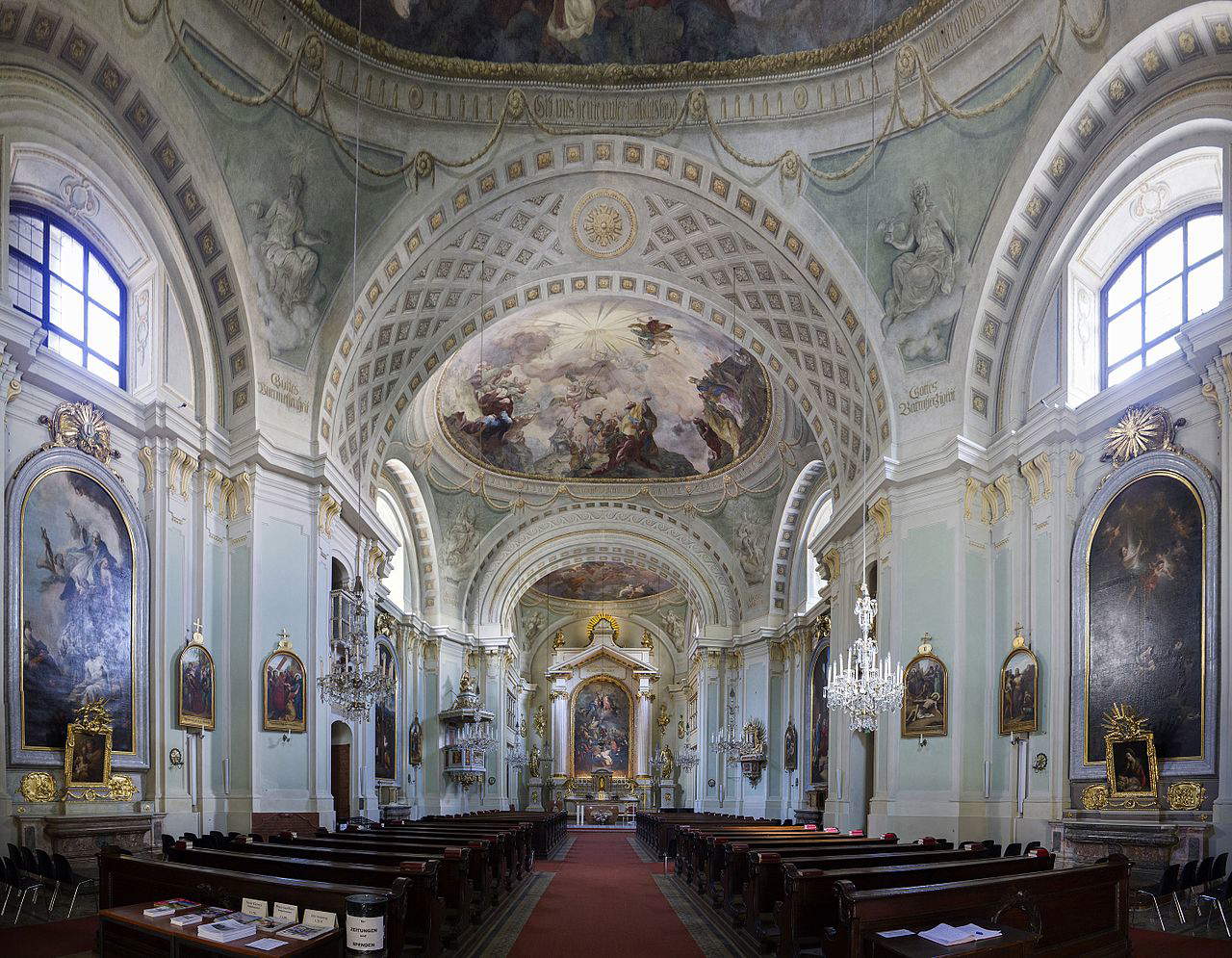
Finally, to get to know Vienna as the capital of music, one cannot miss a concert at the Musikverein, considered one of the most elegant concert halls in the world and home to the Vienna Philharmonic. The Musikverein was inaugurated in 1870, but it was built by Emperor Franz Joseph, who in 1863 gave the Gesellschaft der Musikfreunde, the Society of Friends of Music, an area in front of the Karlskirche. Several architects submitted their plans, but in the end the building was designed by Theophil Hansen. It consisted of two halls, of which even today the most famous and prestigious one is the so-called Golden Hall, where the New Year’s Concert is held, to be clear. Extremely elegant, with a carved and painted coffered ceiling and precious crystal chandeliers, the hall is also decorated with sculptures and caryatids that recall Greek architecture. It accommodates two thousand people, and all of them can enjoy extraordinary acoustics: thanks to the very shape of the hall, cuboid, the room guarantees an optimal acoustic system at all points.
From places where concerts are held (more than 15 thousand events a year) to places associated with major composers, Vienna has a very strong and unbreakable relationship with music, which will never fade over time, strong in tradition and the sublime quality of its protagonists.
To learn about the places and protagonists of Vienna, the world capital of music, visit austria.info
Warning: the translation into English of the original Italian article was created using automatic tools. We undertake to review all articles, but we do not guarantee the total absence of inaccuracies in the translation due to the program. You can find the original by clicking on the ITA button. If you find any mistake,please contact us.